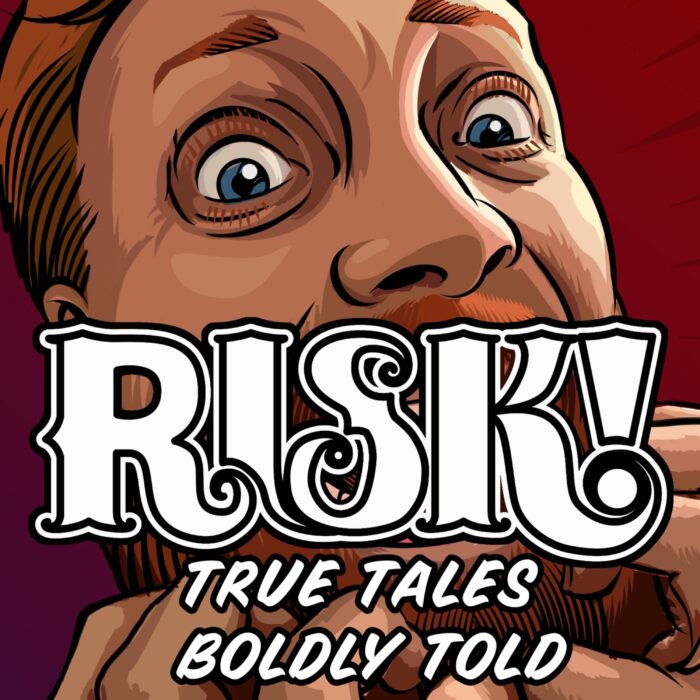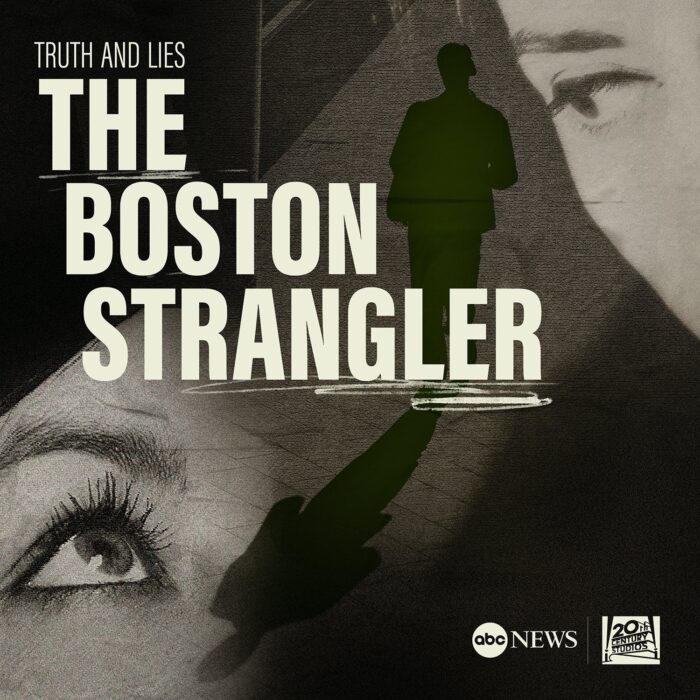‘Getting Curious with Jonathan Van Ness’ unpacks important questions you ought to know more about

From Earwolf & Jonathan Van Ness comes the fascinatingly gorgeous podcast, “Getting Curious with Jonathan Van Ness.” Host Jonathan gets to the heart of what they’re currently interested in and speaks with experts in the field to quench listeners’ thirst for knowledge.
You might know Jonathan from the Netflix reboot of Queer Eye, and the cast members sometimes appear in episodes of “Getting Curious.” Or perhaps you’ve watched Jonathan on the Game of Thrones recap show, Gay of Thrones.
There’s something for everyone to learn from “Getting Curious.” In the podcast, Jonathan will cover topics ranging from how dogs can live their best lives to justice for American farmworkers. Other recent episodes investigated intimate partner violence, midterm elections, and Early China.
“Who was keeping it Real in Ancient Mesoamerica?”
A recent episode dove into Ancient Mesoamerica. Jonathan was joined by James A. Doyle, PhD, Assistant Curator for Art of the Ancient Americas at the Metropolitan Museum of Art. They unpacked culture, communities, and art spanning from Central Mexico through northern Honduras and El Salvador. We learn it’s more of a term to reference culture than a geographic one. People were able to record their experiences by using a writing and numeral system of bars and dots. Archaeologists are still deciphering records from this time.
James discusses how diverse Mesoamerican societies were. With the organizations of people, there are overlaps from classical Mediterranean societies and empires. In Mesoamerica, there were cycles of growth, then people migrated. We hear about competing city-states. In central Mexico, it was more urban. Listeners learn about Teotihuacan, a gridded city, which was one of the largest cities in the world until around 400 AD. It was the ancient equivalent of Manhattan.
As early as 1 AD in Oaxaca, the Maya region, southern Mexico, Belize, and Guatemala, James said people tried to gain power. They claimed to have divine connections in order to rule and acquire land. They were building narratives for people to follow. In other regions, we saw a collective form of governance.
What about jade rolling?
Jonathan learns about continuing Mesoamerican traditions and how trading goods like ocean shells and jade were capital. Obsidian was also a hot commodity, because it was used to create sharp-bladed tools. Jonathan shares his love for facial jade rolling and James recommends any high-quality Mesoamerican jade, such as jadeite from Guatemala.
In addition to its status as a precious stone, Jade was also symbolic of agricultural fertility. By wearing items made from jade or shells, people were able to project their origin and status. For example, if a Teotihuacan king arrived in Mayan territory, people would automatically know he was royal and where he was from by wearing these significant items.
Did you know that rubber balls were invented in Central America? Rubber trees were native to southern Mexico and Central America. They had ceremonies like ball games, which, besides trading goods, James said served as uniting forces for Mesoamerica people.
As a non-binary person, Jonathan asks James about gender in Mesoamerica. James says we cannot apply Western ideas of gender to the past. He says there is documentation of specific hieroglyphic markers to denote female rulers and state their genealogy. There is not evidence of gendered dress implications. James explains evidence of royal kings and queens wearing the same attire consisting of long skirts and headdresses.
Interested in learning more? Tune in for new, weekly episodes.





